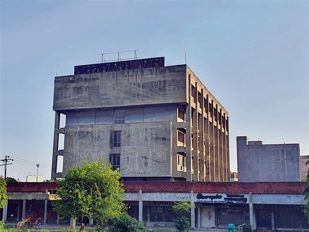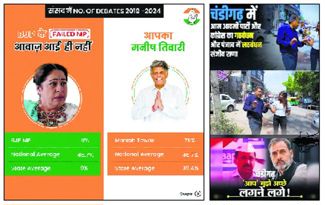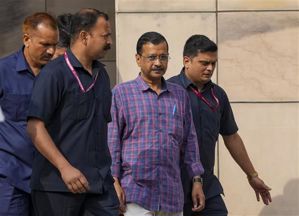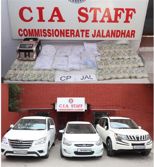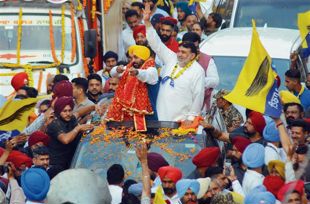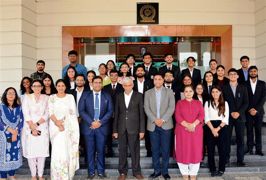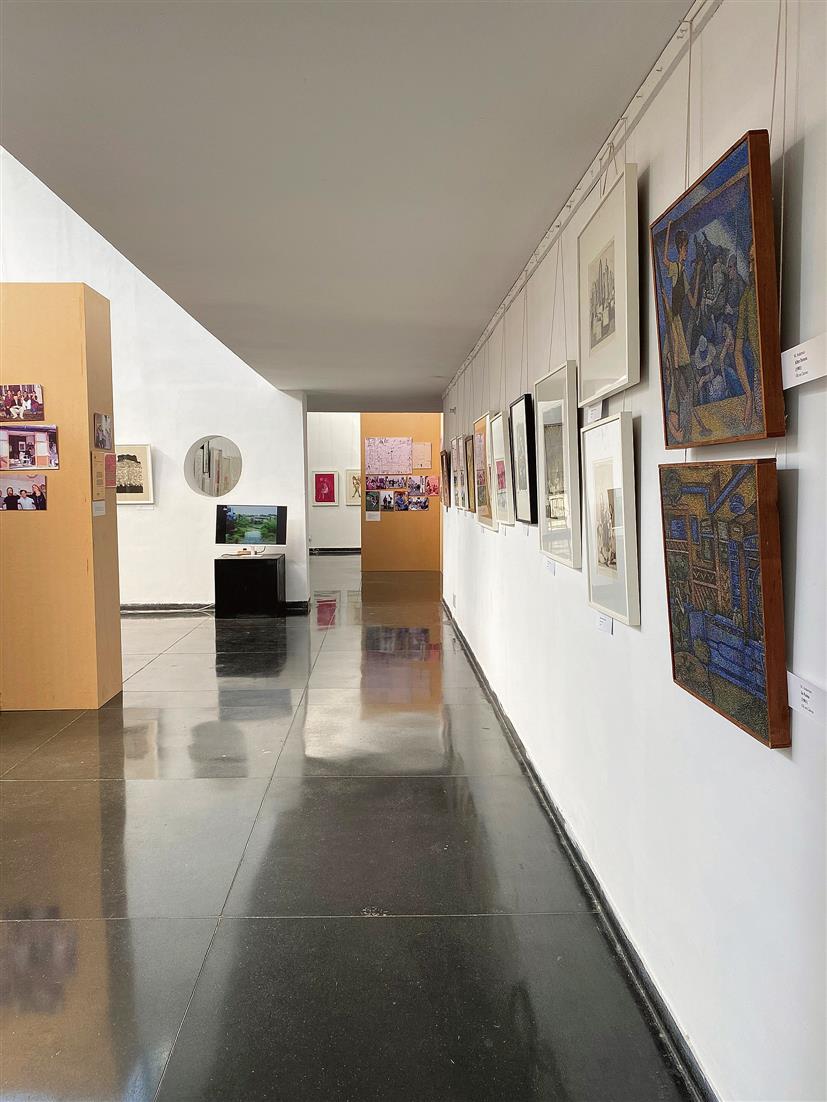
A general view of the exhibition at the Museum of Fine Arts at PU
When asked what were the main values I took back from the Kasauli camps, I would answer that there were two: ego-less collaboration and intense exchange of ideas.
— Nalini Malani
Before I start to reconstruct and annotate the timeline of theatre work at the Kasauli Art Centre through the 1980s and early 1990s, I want to put down what might be the most defining feature of this attempt at recall: atmosphere. — Anuradha Kapur
19.4.76
Moscow
Dear Vivan,
We had been to Leningrad — fantastic place — remembered you quite a lot. Went to Hermitage and saw Henri Matisse — he did impress me. Also saw Dostovesky’s Museum. In Russia they take hours to serve you lunch or dinner. I am waiting for my lunch — had ordered fried mutton with onions. Would you like to eat too?
Love
B...
This little missive, written on the back of a postcard, sent by Bhupen Khakhar to Vivan Sundaram from Moscow, just about catches the spirit of the Kasauli Art Camp, which has just returned to Chandigarh — at the Museum of Fine Arts of the Panjab University — in the form of a fine documented show. For there is in it warmth, a sense of camaraderie, informality, precise information, and the spirit of what they call alltag in German: routine, everyday life. The year in which it was written — 1976 — is the same in which the university became involved with that workshop which represented, for everyone involved, a heady idea and a vision. I was then heading the Department of Art History, and, approached by Vivan — how I do not exactly recall — took upon myself and the department to commit to the workshop as contribution all the money allocated by the university to the department for ‘art acquisition’ in a year. The amount was the princely sum of Rs 7,500! But then that is all that we had. The commitment required of us was to contribute Rs 10,000: so, chancing my arm, I committed part of the next year’s budget to make up the shortfall of Rs 2,500 also. In return for this ‘support’, one work each by the artist participants in the workshop was to be given to our Museum to keep. Judged by today’s standards and prices, it was an uneven deal — for the artists participating belonged to the front rank and were of national repute — and the amount was petty, but, judged from the viewpoint of those days, it was not. At least in Vivan’s eyes.
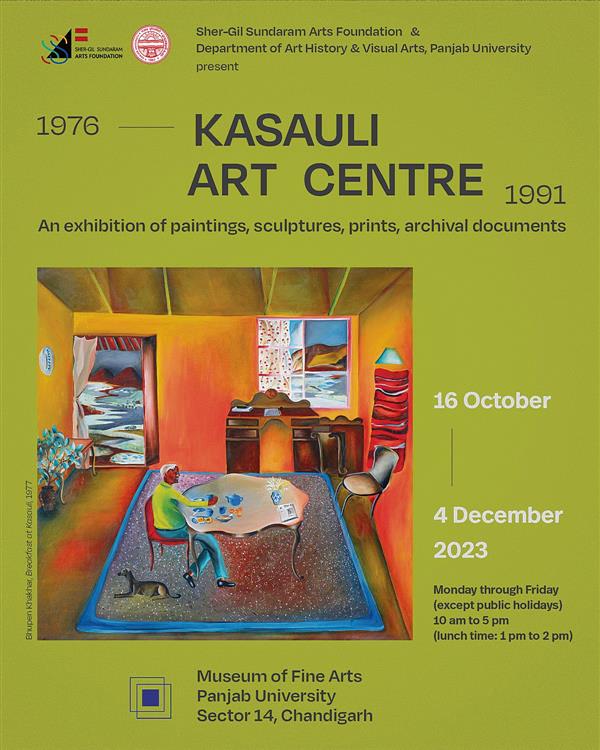
For nearly nine years, this continued, as far as I can recall. The sun smiled on this relationship. And now it has returned in the form of this show. The show is going to travel and go other places but the fact that for the first showing, it was the university at Chandigarh which was selected is a gesture thoughtful and moving and conceived for the most part by Geeta Kapur, Vivan’s wife. It is in many ways a path-breaking show for it takes you right into Kasauli and allows you to breathe the free air that Vivan and his collaborators were able to invest their Ivy Lodge with. Large panels trace the history of the workshops: not all together, but one by one, year after year after year. What happened in 1976, for instance, is documented and illustrated: who came and participated in the workshop; how many days did that workshop last, some pictures and allied information. So, as you move from one panel to the next, and from that one to the next, you get a complete and vivid idea of what was happening in those intellectually stormy days in a corner of Himachal Pradesh. Added to these panels in the show are some of the works which were produced in the workshop and are now a part of the collection of the Museum of Fine Arts at the Panjab University. But there is also astonishingly rich documentation. Every scrap of paper appears to have been saved and kept: correspondence, miscellaneous notes, archival material, and some of it has been photocopied and displayed — work headed with great precision and dedication by the project head, Latika Gupta. A model in itself. Vivan, without the slightest doubt, was the moving spirit behind the Centre: selecting artists, moulding the direction in which each workshop was to move — for painting was not the only activity in the later years of the workshop: it included weaving, theatre, filmmaking, symposia. Everything — from meals to transportation, and above all, the singular freedom of the air — had to be taken care of. The range of artists and colleagues featured, and the number of participants kept not only changing but increasing. Several foreigners came and became participants, enriching the workshops and carrying its message back with them. Fortunately, at the same time, again inspired by Vivan, has come out a volume titled ‘Kasauli Art Centre 1976 – 1991’, brilliantly put together and edited by Belinder Dhanoa. It is a volume to be treasured: rich beyond belief, both in text and images and filled with page after page with material to read, savour, and store. When it ends, there is a fitting tribute to Vivan: “This book was a project dear to Vivan Sundaram’s heart and he worked on it closely with the team at the Sher-Gil Sundaram Arts Foundation, Tulika Books and the designer over several years. Involved in every detail of the book, he finished the collaborative project just a day before he went into hospital early this year. He did not live to see it in its printed form…”
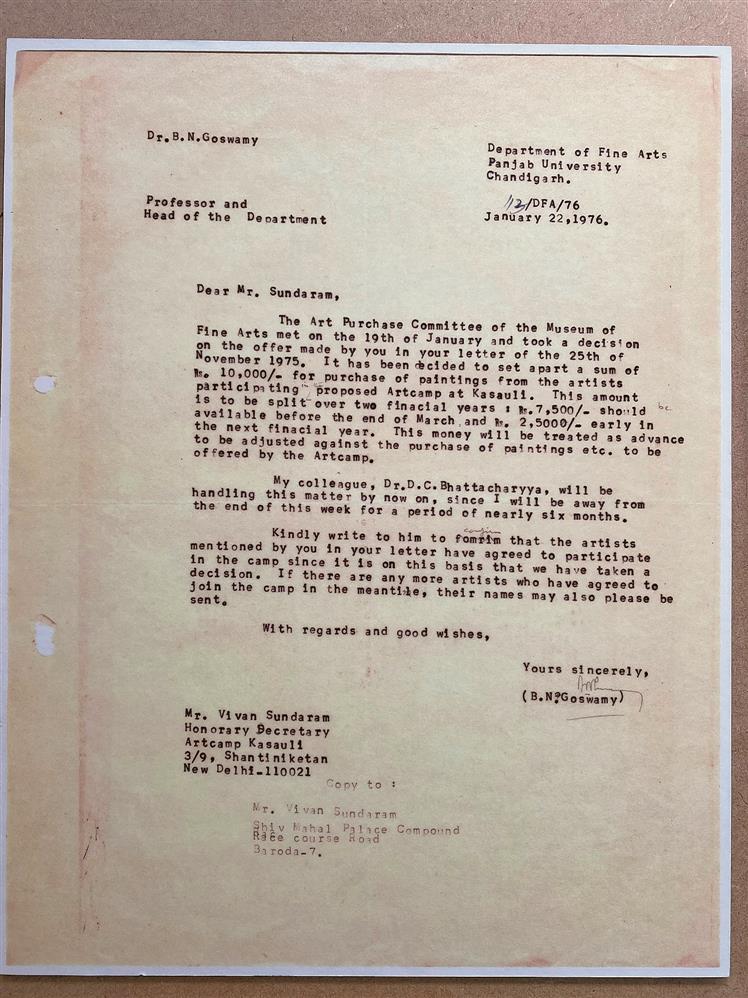
This show is both a reminder, and a challenge. Is it possible, for instance, one might ask, after one has gone through it with care, to replicate something of its kind? If not, why not? If yes, when and where? If a balmy venue like Kasauli cannot be secured for holding a workshop, at least as an experiment for one year, then can at least a workshop at Chandigarh be conceived of? At the Department of Art History of the Panjab University? I am certain that funds can be raised. What is needed is the will; a way will be found.

Join Whatsapp Channel of The Tribune for latest updates.





















